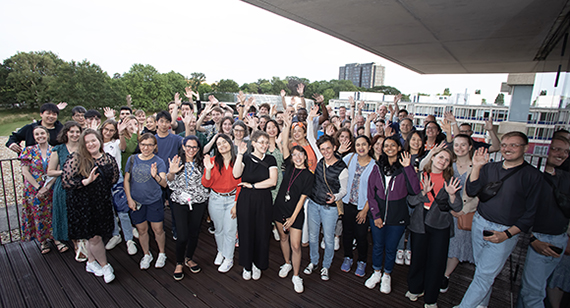Please note: This course will be taught in hybrid mode. Hybrid delivery of courses will include synchronous live sessions during which on campus and online students will be taught simultaneously.

Dr Nick Bearman teaches GIS to a wide variety of audiences, both in academia and industry. He works as a freelance GIS Trainer and Consultant, teaching GIS to a wide variety of clients including academics, public sector and private sector organisations. He is also a UCL Visiting Research Fellow with the Consumer Data Research Centre at UCL Geography. He is passionate about GIS and spatial skills both as a tool to solve problems and as a vital skill to be taught to anyone who uses spatial data to make decisions. He is a Chartered Geographer (GIS) and Fellow of the Royal Geographical Society and a Fellow of the Higher Education Authority
Course Content
This course will provide the student with an in-depth knowledge of spatial data, and how it can be used in a variety of social science applications. They will learn how spatial data is structured, how and where it can be used and how and where it cannot be used. By the end of the course they will be able to apply the skills they have learnt in their own area of study, and there will be time during the course provided to start this with the instructor available to help.
Course Objectives
After the course, students will be:
⦁ confident understanding and using spatial data in a wide range of social science settings
⦁ be able to process a variety of GIS data sources and critically assess whether they are appropriate to use
⦁ be confident using QGIS and R to manage and work with spatial data
⦁ understand a range of spatial statistics and be able to research more advanced spatial statistics
Course Reading – this will be provided by ESS:
Bearman, N. (2021) GIS: Research Methods, 9781350129559, 1st (only) edition, Bloomsbury
Course Prerequisites
Students will be working with a range of software, and no previous knowledge of spatial data is required. Good computer skills are required, as is a willingness to learn.


